New headsets turn your inflight movie into an IMAX experience
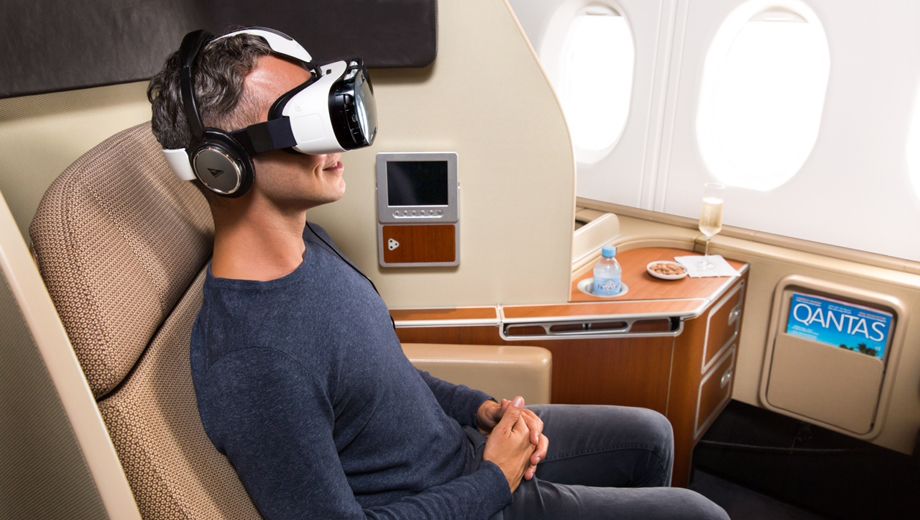
On a recent flight to Florida, I’m in row 32, seat B. To my left, a teenager watches Rick and Morty on his iPhone. To my right, a grandma watches Property Brothers on the seat-back TV, sound bleeding from her airline earbuds.
Me? I’m catching up on the original Blade Runner, viewing a screen that extends to the edges of my peripheral vision, with resonant, crystal-clear, surround sound. My butt may be in economy, but my head is in an IMAX theater.
I’m wearing the Royole Moon, a US$799 “mobile theater” that debuted earlier this year. The headset combines noise-cancelling headphones with twin 1920×1080 curved optical displays that, according to the website of Royole, creates an experience equivalent to seeing a movie on an 800-inch screen from 65 feet. I’d describe it as sitting in the third row in front of the big screen at your local multiplex.
The eyepiece, which fits over your face like a scuba mask, are hinged to the headphones at the ears.
To control your experience, the Royole Moon uses a modified Android operating system, which you control by swiping on the side. With a Wi-Fi connection, you can access such apps as Netflix, Hulu, and the recently added “Royole Lounge” – a partnership with Sony Pictures Home Entertainment.
For offline viewing, the Royole Moon comes with 32 gigabytes of onboard memory, enough for nearly 20 movies (though the battery will last only through about 5 hours worth).
If you were to see a plane full of people wearing these, you’d feel as if you had stepped into a stylishly appointed dystopian film. When you’re the only person on the plane wearing one, though, the effect is a touch more comedic (being an early adopter is hard).
At least the effective noise cancellation (>92%) and the eyepiece that completely envelopes your vision means you won’t see or hear the people who point and ask each other what that thing is on your head.
For those who want to maintain a little more situational awareness in a smaller package, try the $499 Video Headset from Avegant. Rather than having two bands hinged together as the Royole Moon does, the video headset’s eye pieces are contained on the inside of the headband.
In use, it looks like a chunky pair of Beats headphones worn with the headband over your eyes, an effect mimicking the look of Geordi La Forge, the Star Trek: The Next Generation character played by LeVar Burton.
The adjustable headphones fit snugly, depending on the size of your head, and the sound is full and crisply layered. With a small wraparound cover over the eyepieces, these can be used as headphones, though they’re not comfortable enough to sustain long listening sessions.
When watching video, the eyepiece containing part of the headband rests on the bridge of your nose, using one of four included, adjustable nosepads. The video headset has no storage or means of connecting directly to the web. Instead, it connects to your phone, tablet, or laptop via a mini-HDMI cable.
Comparing the resolution of the two is tricky, because of the unusual technology deployed for the Avegant headset.
Rather than having screens with familiar pixel resolutions, it beams images directly onto your retinas, using an array of 2 million microscopic mirrors. The resulting image is clear and bright, though not as seemingly “large” as the Royole Moon’s.
And because the eyepieces rest on the bridge of your nose, without any kind of scuba mask apparatus surrounding the eyepieces, you can have an immersive cinematic experience while retaining enough peripheral vision to know if a flight attendant is approaching with the drinks cart.
That additional peripheral vision gives the Avegant another function as a computer monitor. In fact, I am typing these words on a Bluetooth keyboard connected to my phone, which is plugged into the headset. The text is visible to me with essentially the scale and clarity I’d enjoy sitting at my desk facing a 23-inch monitor.
Even though I touch-type, I prefer a bit of a look at my hands on the keys. Should the in-flight laptop ban return, I see myself using this as a workaround. More practically, either of these headsets would also be useful for late night, in-bed TV viewing that won’t disturb a sleeping spouse.
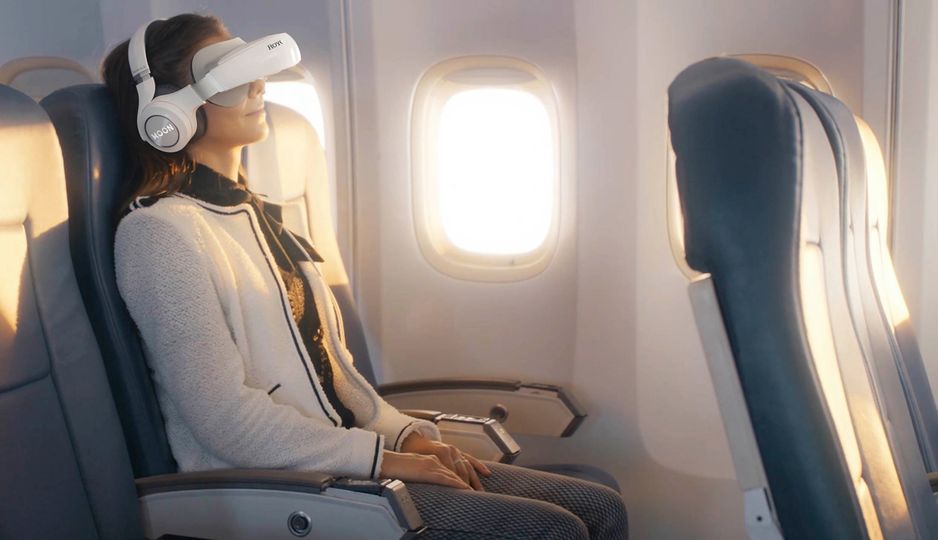
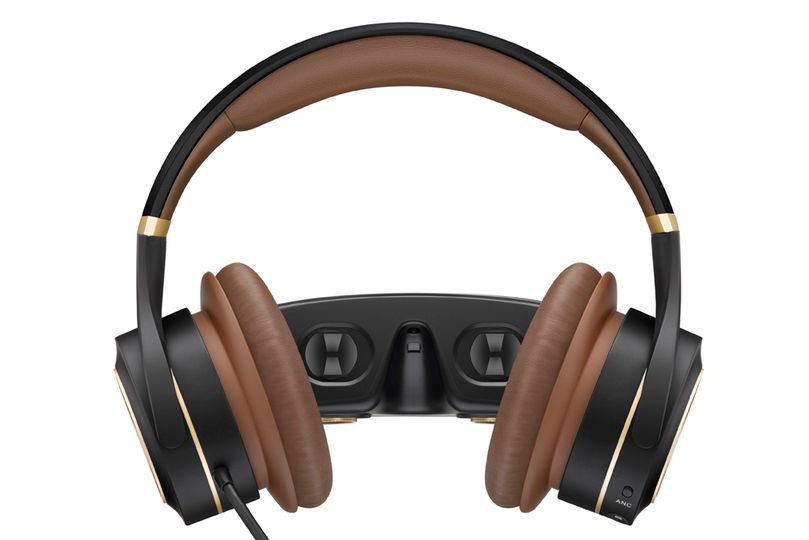
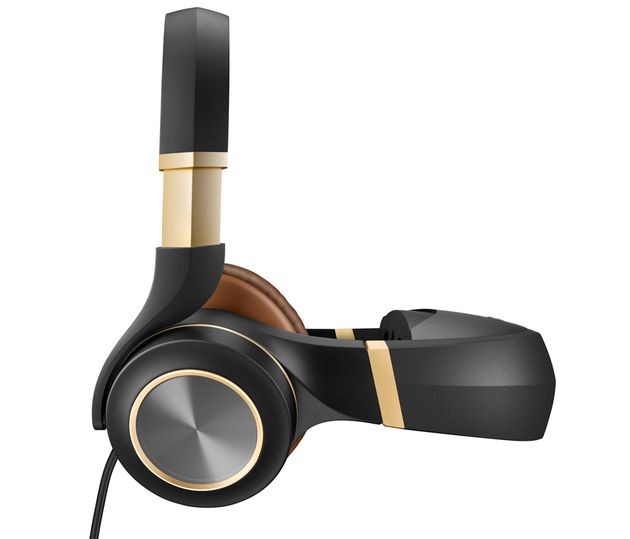
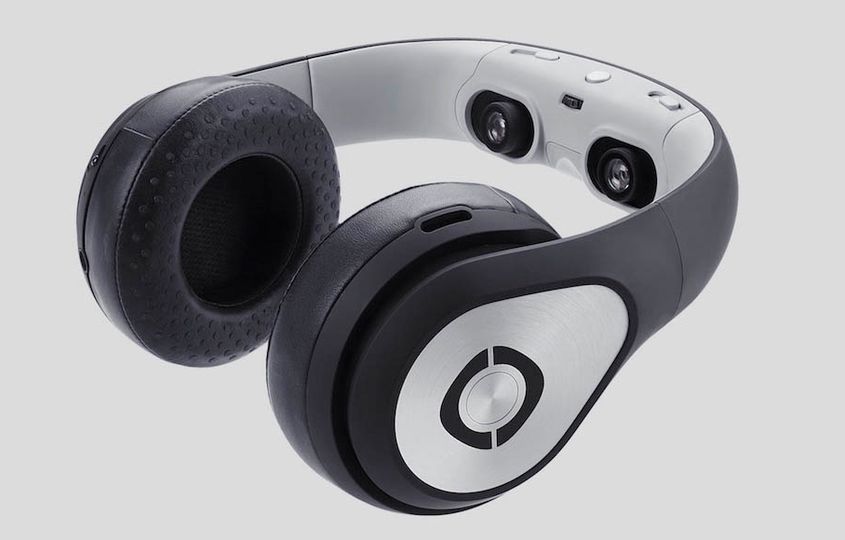
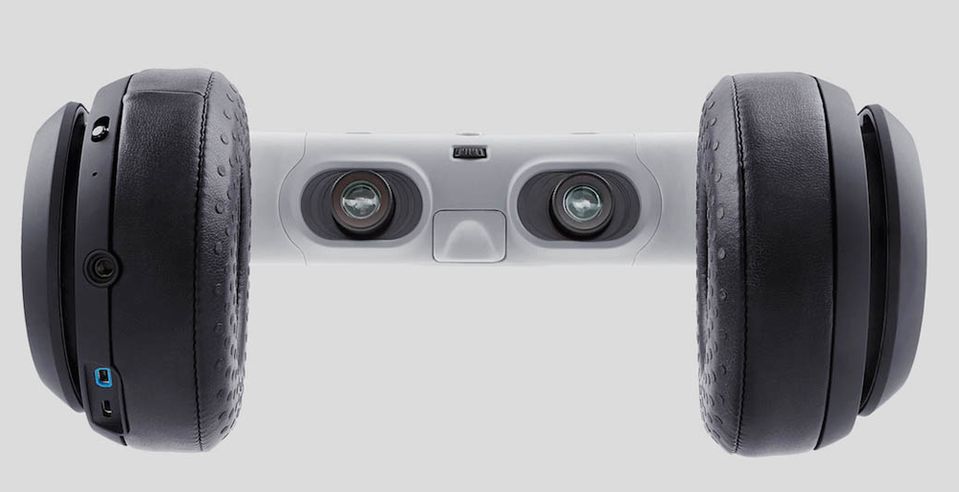
QF
11 Jul 2014
Total posts 1024
My question is how does this work with short sighted people who wear glasses?
QF
11 Jul 2014
Total posts 1024
and where can I try the Avegant out here in Australia
Virgin Australia - Velocity Rewards
13 Jan 2015
Total posts 580
That's a lot of money to spend only to receive them in the mail and find that they don't fit my head properly. After trying multiple NC headphones I found the QC25 to be the only set that are big enough.
Hi Guest, join in the discussion on New headsets turn your inflight movie into an IMAX experience